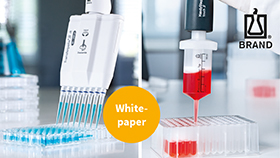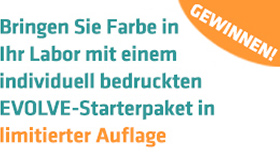Auch Cell lässt sich nicht lumpen, hin und wieder ein „etwas anderes“ Titelbild zu gestalten:
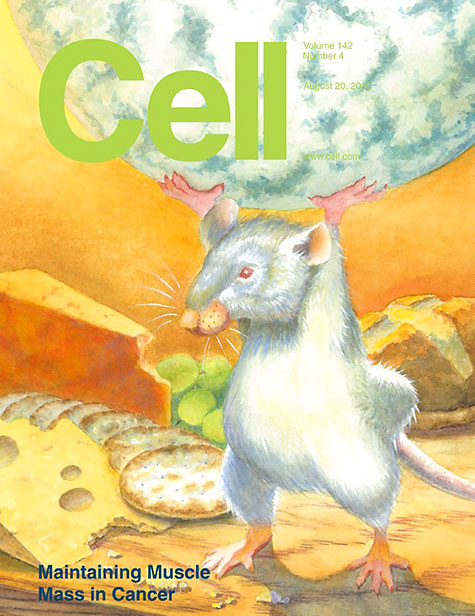
Auf der Innenseite heißt es dazu:
Cachexia or muscle wasting affects many cancer patients, particularly those with late-stage disease. In this issue, Zhou et al. (pp. 531–543) demonstrate that blocking the ActRIIB signaling pathway with a decoy receptor in several mouse models of cancer boosts muscle mass and prolongs survival even without slowing tumor growth. This treatment reduces the breakdown of muscle proteins by the ubiquitin-proteasome pathway and stimulates proliferation of muscle satellite (stem) cells. The painting on the cover illustrates the dramatic increase in muscle mass and improved quality of life for a tumor-bearing mouse with cachexia after treatment with the decoy receptor. Illustration by David G. Evans; Surfmedia Enterprises, LLC.
Anderes Beispiel:
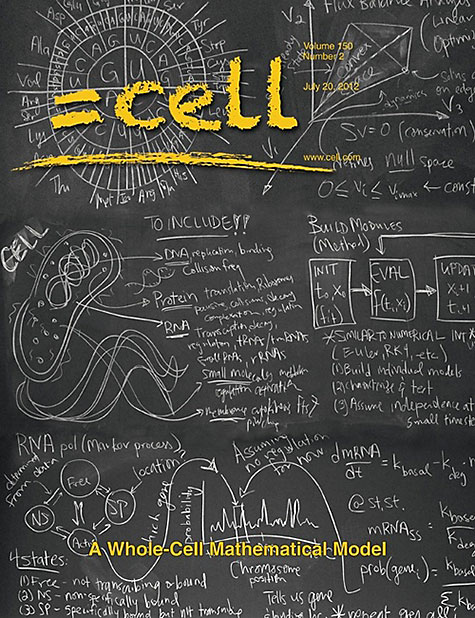
“Karr et al. (pp. 389–401) describe construction of a whole-cell computational model for the human pathogen Mycoplasma genitalium. The model describes the expression and known function of each gene explicitly; is able to simulate experimentally measured phenotypes; and offers new insights into the interplay between biological pathways. The cover features a chalkboard filled with equations and diagrams — all of which represent principles and concepts incorporated into the whole-cell model. Blackboard art by corresponding author Markus Covert. Photography and design by Threestory Studio.”
Oder:
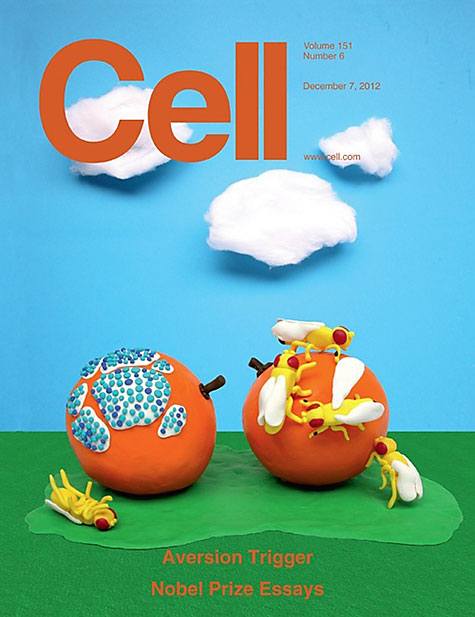
“In its natural environment, Drosophila melanogaster feeds on yeasts that grow on sugar-rich substrates such as fermenting fruit. Fruits, however, also harbor toxic microbes, and flies need to distinguish those microbes that are safe and nutritious from the harmful ones. In this issue, Stensmyr et al. (pp. 1345–1357) demonstrate that flies detect toxic molds by sensing a volatile compound called geosmin, which exclusively triggers a dedicated signaling pathway in the flies’ olfactory system. This circuit, upon activation, causes innate aversion and also prevents egg laying and feeding. Cover concept by Rakel and Marcus Stensmyr. Clay modeling and photo by Marcus Stensmyr.”
Womit bewiesen wäre: „Very High Impact“ und ab und zu mal ein „etwas anderes“ Titelbild vertragen sich durchaus.
Schlagworte: Cell, Cover, Drosophila, Knete, Riechen, Signalkette, Titelbild




